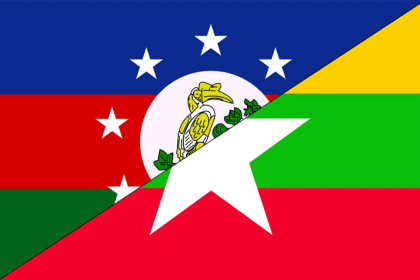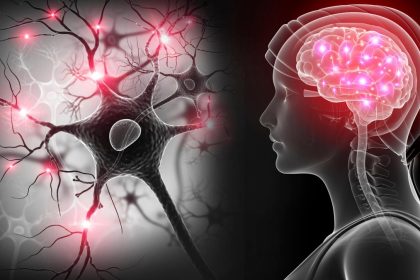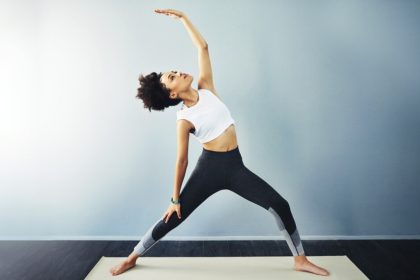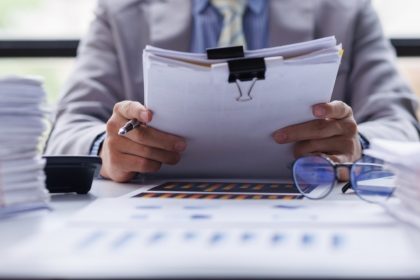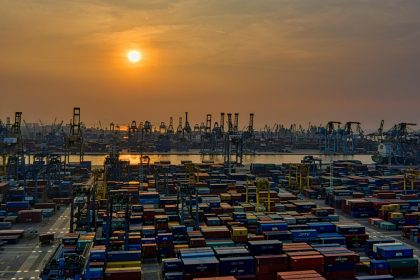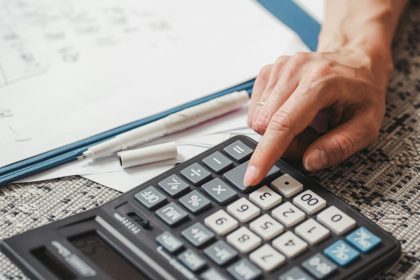Hakha Chin translation vs Burmese translation
Myanmar is the largest country in Southeast Asia. It’s a place that…
Advanced Features in Modern Portable Patient Lifts
Portable patient lifts have transformed patient care by providing a balance of…
The Latest Advancements in Alzheimer’s Research and Treatment
Alzheimer's disease research is surging ahead, driven by the urgent need to…
The Power of Movement and Why Exercise Is Key to a Healthy Mind and Body
Movement is medicine. Exercise has long been celebrated for its physical benefits,…
Roommate Game Night: Top 7 Board and Video Games to Get Competitive
There’s something magical about living with roommates. Whether you’re in college, a…
How to Choose the Best Online Game in Iran
With the rise of online gambling platforms, choosing the right casino is…
The Importance of Due Diligence: Protecting Yourself Against Investment Fraud in South Carolina
Due diligence is essential for protecting yourself against investment fraud in South…
How to Streamline Your Small Business Operations
Running a small business often means wearing multiple hats and juggling various…
Mitigating Risks in International Freight Forwarding
Shipping goods across international borders is no small feat. The process involves…
10 Tips to Navigate Complex Tax Reporting Requirements
Filing taxes can be an overwhelming process, especially when you’re dealing with…
Tips to Enjoy Demo Games
Demo games last a certain amount of time and offer free trials.…
The Importance of Timely Action in Personal Injury Cases in Florida
Have you ever wondered why time matters so much in legal cases?…


